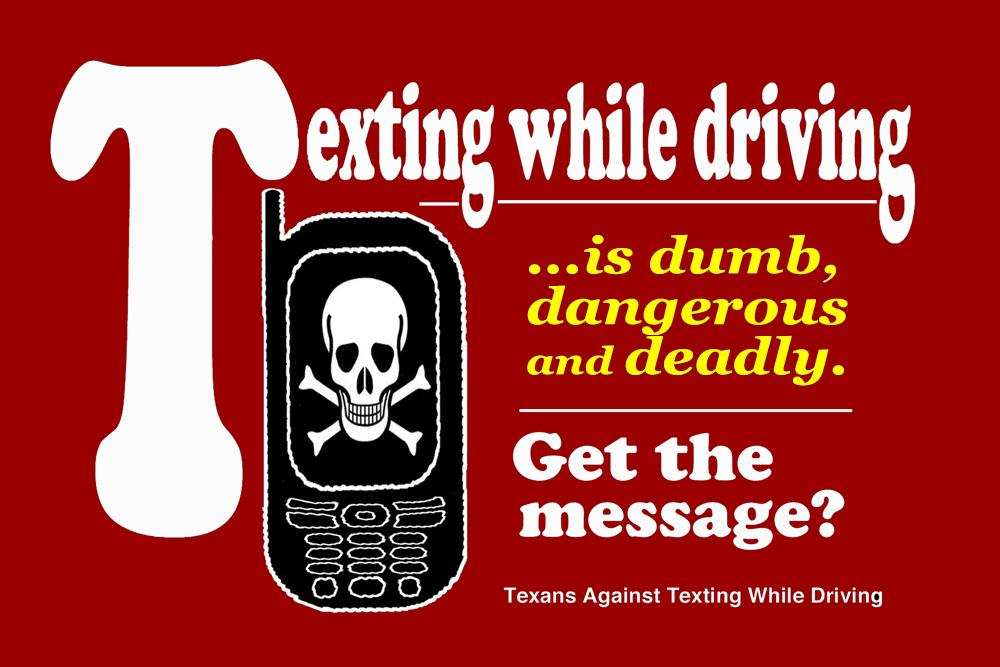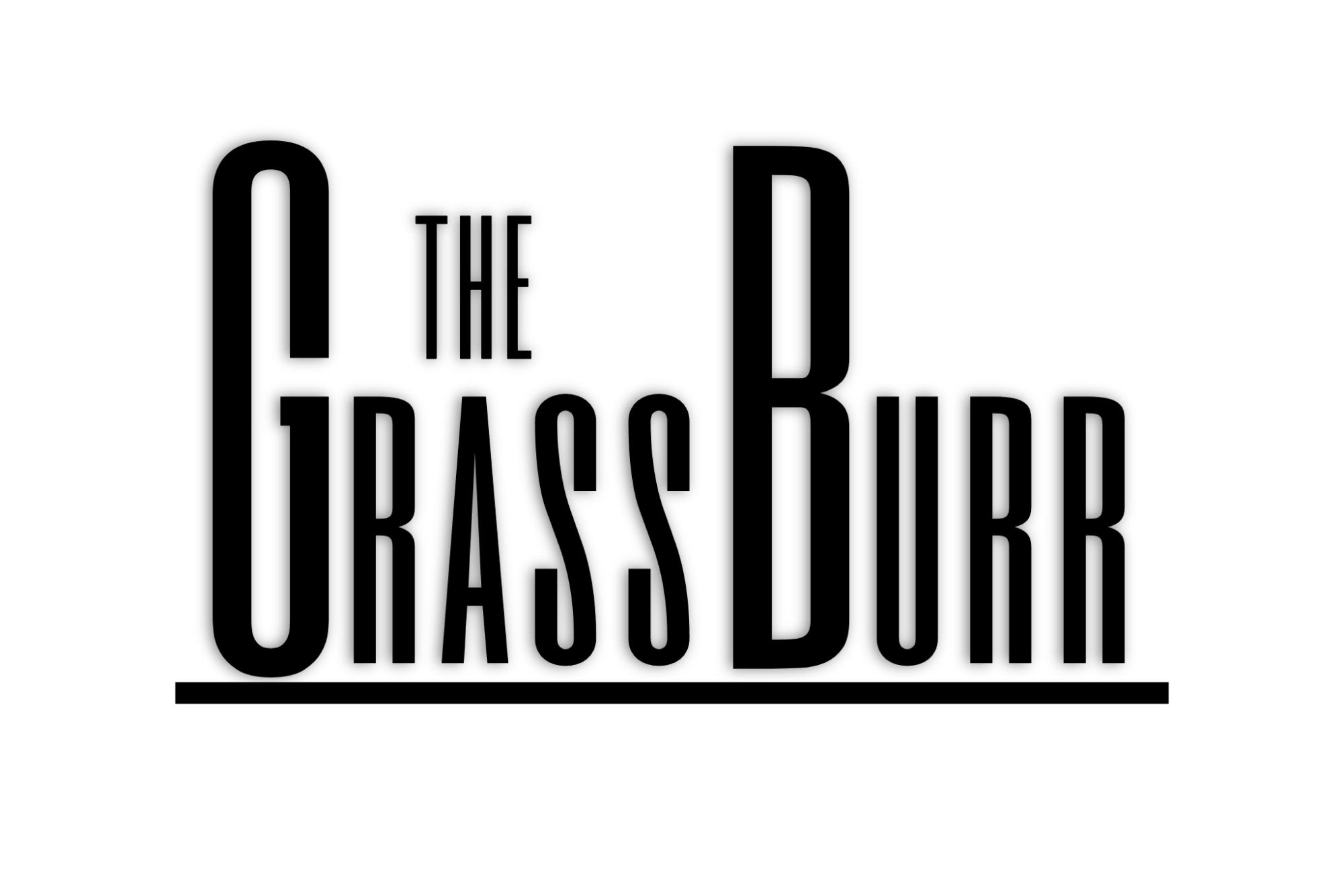
Students share their opinions about texting and driving.
by Gabrielle Bruner and Braden Blair
This time of year, high school students are busier than ever. From home to school, to football, tennis, band or cheer practice, to work and then back home—students are taking care of business on the go. In doing so, the practice of texting while drivinghas increased as daily lives have become more chaotic.
“Between all of the stuff that I have to get done and all the places I have to be, especially during the week, I have to do a lot of things all at once,” John Langston said. “I text while I read, do my homework, sit in class, anywhere. Driving isn’t any different.”
The temptation to respond quickly to a text is nearly impossible to resist, say some students. The Grass Burr staff polled 200 students in the cafeteria and 176 students said that they text and drive on a regular basis. That figure is significantly higher than what other surveys nationwide have revealed.
“It’s amazing how often I have to hold the wheel from the passenger seat for my friends while they text and drive,” Reagan Bruno said.
According to the center for disease control, a survey conducted nationally found that 58% of high school seniors said they had texted or emailed while driving. The study was called the National Youth Risk Behavior Survey and also revealed that about 43% of high school juniors also admitted to commonly texting while driving.
“I know so many people who have texted while they drove,” Jordan Harvey said. “Even I do it. I’ve swerved a few times in my car because I wasn’t paying attention to the road. I know it’s dangerous, but it’s just hard not to sometimes.”
According to John Sontag, president of AT&T, 90 percent of teens expect a response to texts and emails within five minutes; on average sending a text takes 5 seconds. while traveling 55 miles per hour, that is the equivalent to driving the length of a football field with a blindfold on. In an effort to educate the public—particularly teens—AT&T has created a 10-minute video called “The Last Text” featuring real stories about lives that have been dramatically altered because of texting and driving. Jachob Christian said that after watching this video he will rethink next time he wants to send a text while driving.
“Before I didn’t really think much of it, but now I feel like I can wait 10 minutes to send a text,” Christian said. “I would rather do that instead of throwing away my life for a few letters.”
Countless organizations have been created to help stop texting while driving, as well as avoid other road distractions, such as “The Last Text”. Many teens are giving up the dangerous decisions and signing the “It Can Wait” pledge to AT&T or making their own personal vows to themselves to drive safely and free of distraction.
“Most people wouldn’t drive while they were drunk, or while they were high or anything, so it just doesn’t make sense that they text,” Ian McKinley said. “I will always make a point of making sure that I will never pick up my phone in the car, other people need to figure out that nothing is really worth an accident, especially not a text.”
To see how texting and driving can affect you, go to:
http://www.schooltube.com/video/4386d84344d2a7345c5e/ATT-The-Last-Text-Documentary






